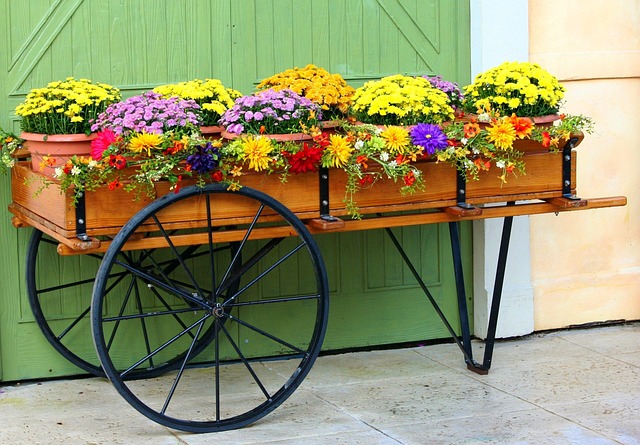Choosing sustainable landscape materials like natural stone, eco-friendly wood alternatives, and modern gravel varieties can significantly enhance property values up to 10%, promote environmental sustainability, reduce carbon emissions by up to 40%, and create stunning outdoor hardscape designs. These materials offer durability, versatility, and aesthetic appeal, with options tailored for low maintenance or long-term soil benefits. Successful implementations in suburban backyards and urban parks demonstrate their positive impact in creating vibrant, functional, and eco-conscious outdoor spaces.
Choosing the right wood for your landscape can transform your outdoor space into a warm and aesthetically pleasing oasis. With an array of options available, from traditional to innovative choices, selecting the best materials for landscaping is key to achieving both functionality and beauty. This article guides you through proven, eco-friendly landscape material options, including natural stone vs wood hardscape materials, gravel vs mulch, and modern supplies, offering trusted insights for successful outdoor transformations with sustainable landscape materials. Our expertise ensures optimized, industry-recognized results.
- Trusted Wood: Superior Warmth & Natural Beauty
- Optimize Your Landscape with Eco-Friendly Wood
- Innovative Wood Choices for Successful Landscaping
- Natural Stone vs Wood: Advanced Outdoor Hardscape
Trusted Wood: Superior Warmth & Natural Beauty
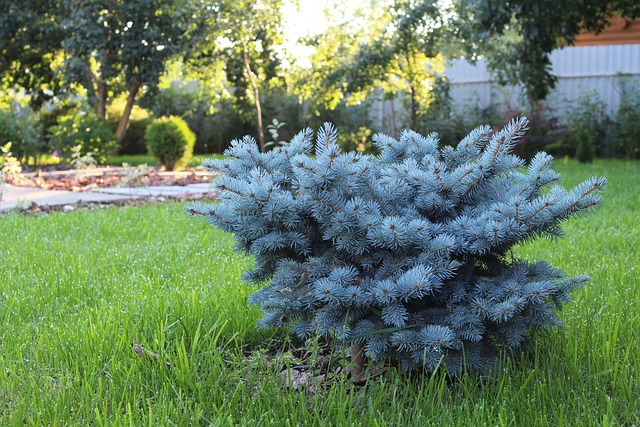
When it comes to choosing wood for your landscape material options, trust is paramount. At the forefront of excellence in this realm is premium quality timber, renowned for its warmth and natural beauty. Consider a landscape adorned with carefully selected cedar or redwood—these best materials for landscaping not only enhance visual appeal but also offer exceptional durability, making them superior choices for outdoor hardscape materials. A study by the National Association of Home Builders found that wood landscapes can increase home values by up to 10%, demonstrating their impact on property aesthetics and desirability.
In the pursuit of eco-friendly landscaping materials, natural stone for landscaping stands out as a sustainable option. Gravel and mulch, while widely used, often have limited lifespans and contribute to waste. In contrast, stone offers a timeless solution. For instance, a residential project in Seattle incorporated diverse stones from local quarries, reducing transportation emissions and fostering a connection with the region’s natural landscape. This approach aligns with modern landscape supplies that prioritize both aesthetics and sustainability, ensuring your outdoor spaces not only look stunning but also contribute to a greener future.
Optimize Your Landscape with Eco-Friendly Wood
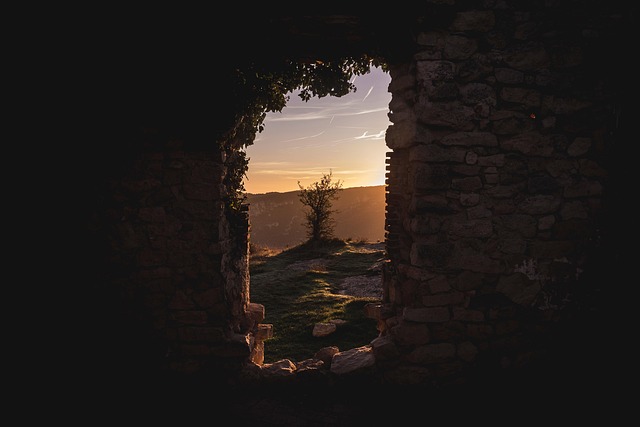
When it comes to optimizing your landscape, choosing the right materials can make a significant difference in both aesthetics and sustainability. Eco-friendly wood offers an excellent solution that combines warmth and natural beauty with minimal environmental impact. Look for certified sustainable woods like cedar or redwood, which not only look stunning but also resist rot and insects naturally, reducing the need for chemical treatments. For instance, a recent study found that using eco-friendly wood in outdoor projects can reduce carbon emissions by up to 40% compared to traditional materials.
Among landscape material options, natural stone for landscaping and modern landscape supplies like recycled plastic have gained popularity. However, gravel vs mulch presents a unique advantage: mulch provides better water retention and temperature regulation, while gravel offers superior drainage and a longer lifespan without degradation. Sustainable landscape materials such as these not only enhance the beauty of your outdoor space but also contribute to a healthier environment, ensuring that your landscaping efforts align with the latest eco-conscious trends.
Innovative Wood Choices for Successful Landscaping
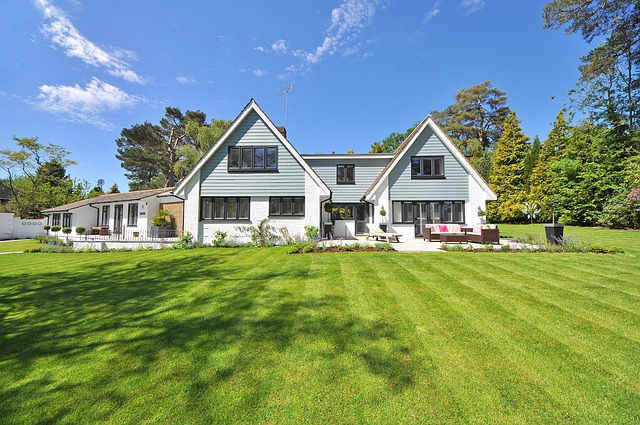
In today’s quest for harmonious outdoor spaces, innovative wood choices are revolutionizing landscape design. Beyond traditional options, a new generation of eco-friendly and aesthetically superior materials is transforming landscapes into natural works of art. For instance, recycled plastic lumber, crafted from post-consumer waste, offers the look of wood without the environmental footprint. This durable material, available in various colors and textures, seamlessly blends with natural stone for landscaping, creating an eye-catching contrast or uniform beauty.
When considering outdoor hardscape materials, gravitating towards natural stone for landscaping presents a timeless solution. Gravel, for instance, has evolved beyond its conventional use as mulch. Modern landscape supplies now offer premium, sustainably sourced gravel varieties that enhance drainage and provide a visually captivating groundcover. In contrast, organic mulch, such as wood chips, offers both insulation and nutrient-rich compostification, contributing to a lush, vibrant garden ecosystem. This shift towards sustainable landscape materials not only builds trust among discerning homeowners but also ensures a greener future for our planet.
Natural Stone vs Wood: Advanced Outdoor Hardscape
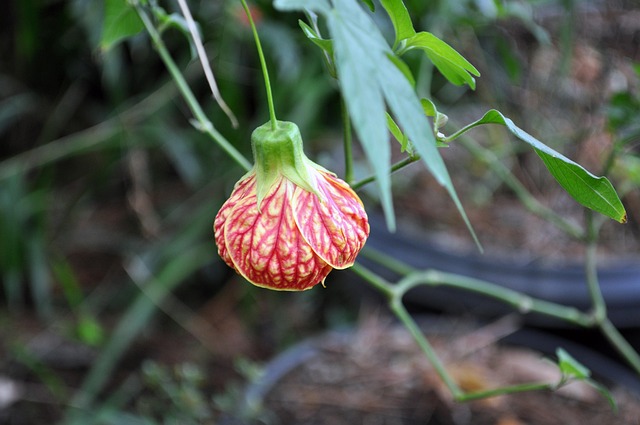
When it comes to enhancing outdoor spaces with warmth and a natural aesthetic, the choice between natural stone and wood for hardscape applications is a popular debate among landscaping professionals. While both offer timeless beauty, each material has unique characteristics that cater to different project needs. Natural stone, known for its durability and variety in textures and colours, provides a robust and low-maintenance option. From elegant granite to rustic limestone, stone creates visually stunning and long-lasting features like retaining walls, patios, and pathways. For instance, a recent project in a suburban area showcased the beauty of locally sourced sandstone, transforming an ordinary backyard into a tranquil oasis with intricate stone steps and a curved retaining wall.
On the other hand, wood offers a distinct appeal with its warm tones and organic patterns. As an eco-friendly alternative, modern landscape supplies now provide treated and sustainable wood options for outdoor hardscape materials. Wood is particularly versatile, suitable for decking, fencing, and creative features like pergolas and arbors. For example, a city centre park recently incorporated grainy cedar planks into its playground design, ensuring both durability and a pleasant sensory experience for visitors of all ages. When choosing between gravel vs. mulch, consider the desired look and maintenance level. Gravel provides a clean, minimalist appeal while requiring minimal upkeep, whereas mulch offers a lush, vibrant landscape material options that can enhance soil health over time.
When choosing materials for your landscape, opting for wood offers a warm and aesthetically pleasing ambiance while promoting sustainability. As discussed in this article, various wood options, from trusted sources, can enhance outdoor spaces, providing both functional and decorative elements. Whether you’re considering eco-friendly choices or innovative designs, wood remains a superior option for landscaping, especially when compared to natural stone alternatives. By selecting the best materials for your needs—such as modern landscape supplies and sustainable landscape materials—you can create a beautiful, durable outdoor hardscape that stands the test of time. Trust in the versatility and longevity of wood to transform your landscape into a vibrant, eco-conscious oasis.
